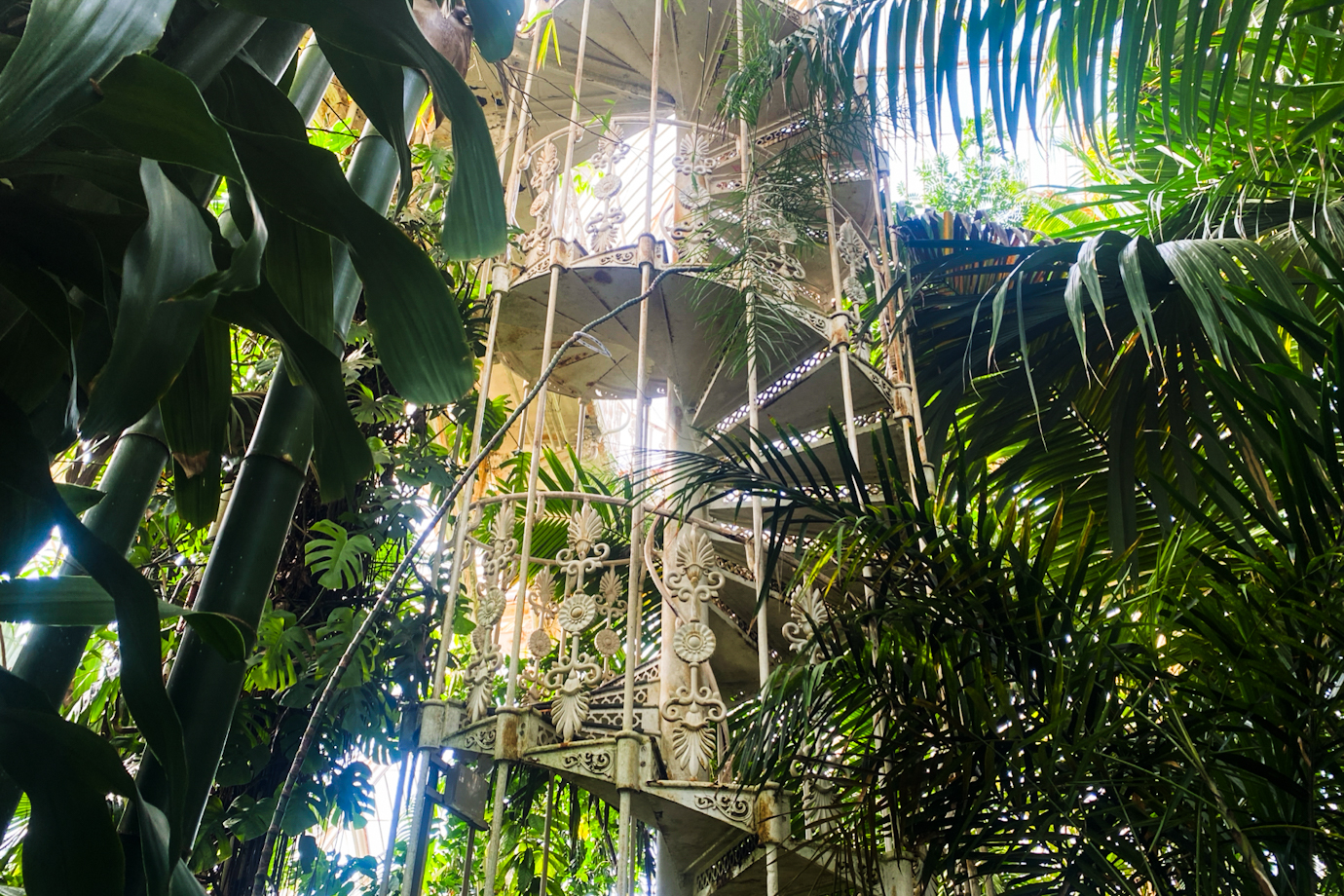Photos taken by Monica and Indra. Words by Dina.
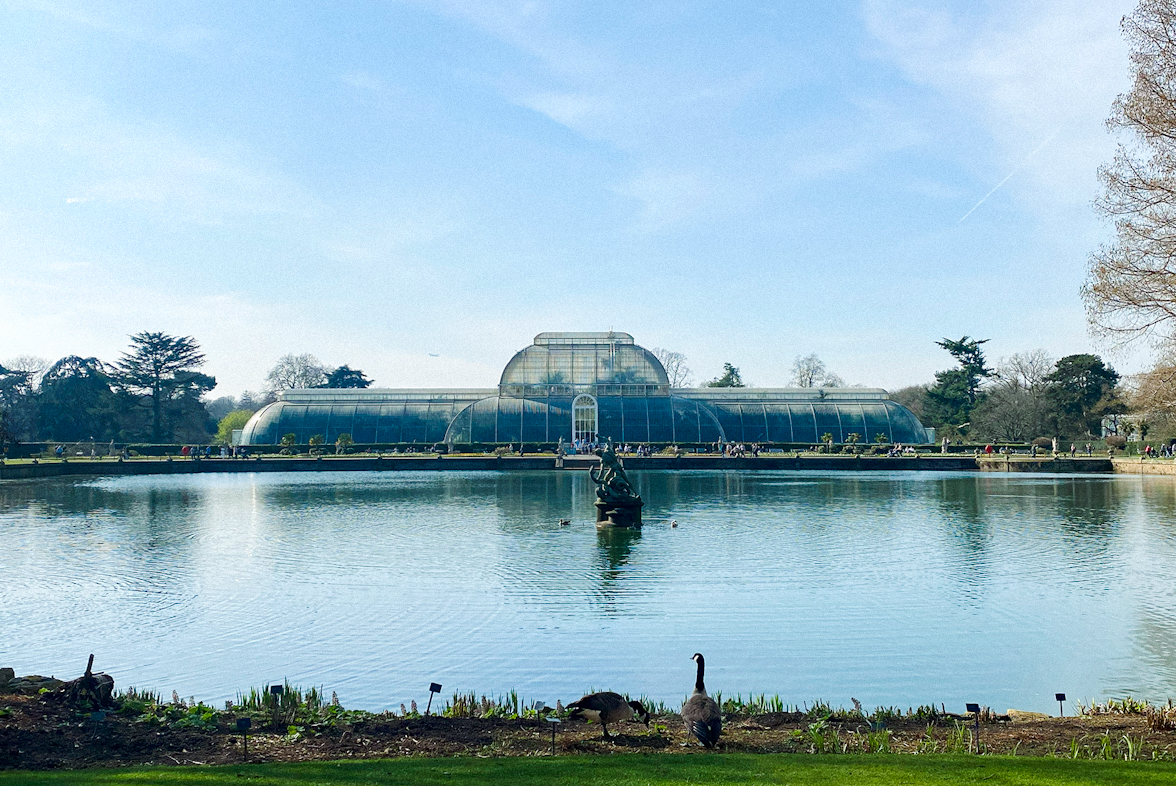
–
Some of the best moments come unplanned.
That’s what happened to Monica and Indra on a recent trip to London. They didn’t have much time that day. In between a hectic schedule of an event on Saturday night, and a train to catch for Manchester the next day, they found a pocket of time. Most travelers might have chosen to visit landmarks, grab a bite at a well-reviewed cafe, or just tick something off their itinerary. But somehow, they ended up walking through the gates of The Royal Botanic Gardens, Kew.
Kew Gardens is a historic botanic garden nestled in the southwest of the city, known not only for its vast plant collection but also for being a center of research, conservation, and heritage. Beyond the beauty and serenity, Kew is a world leader in conservation efforts. As noted by former Director Ghillean T. Prance, Kew has grown to become one of the leading centers for advice and action on plant and fungal conservation.
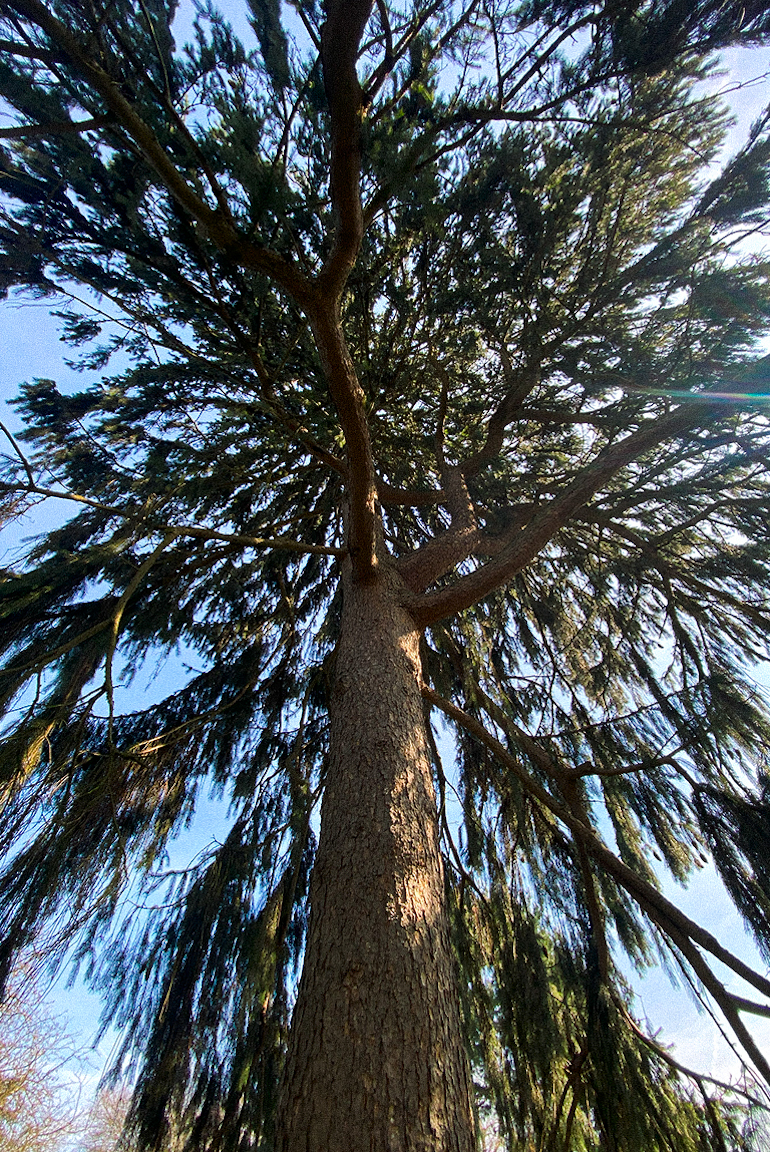
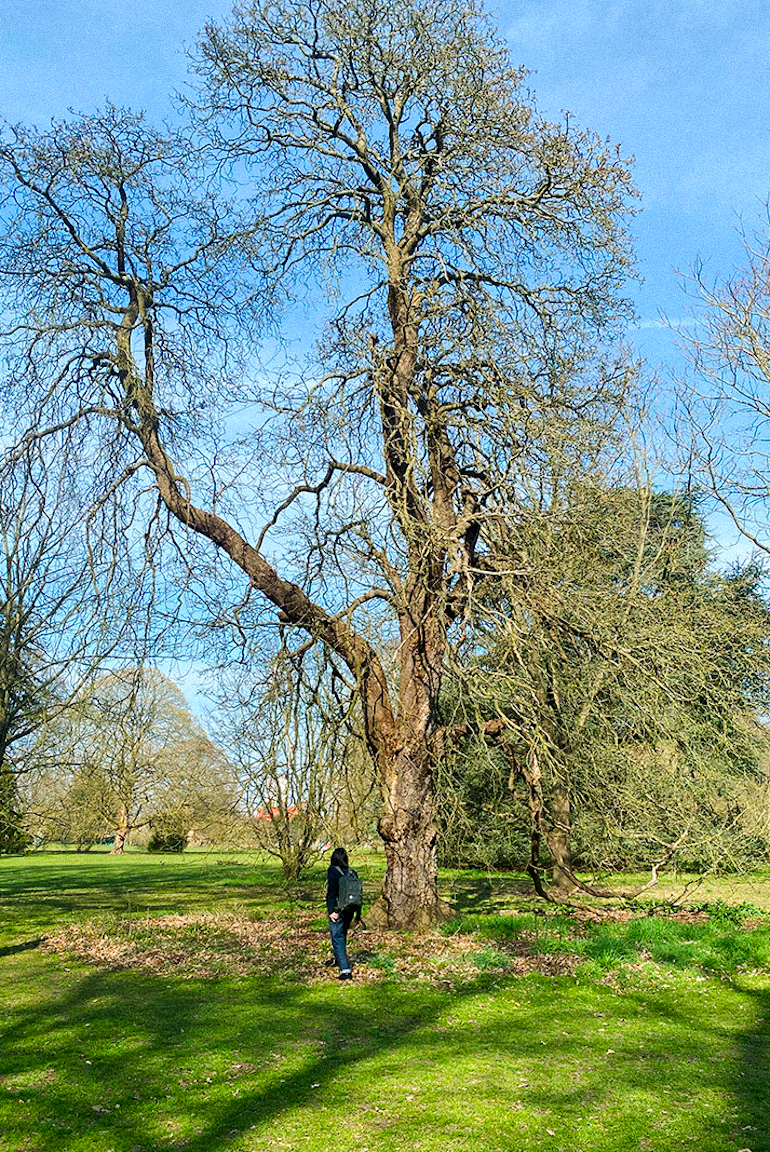
–
Kew conservation work is not just about protecting distant forests, but it begins at home. The gardens have adopted eco-conscious practices such as composting, waste reduction, solar-powered infrastructure, and also banning the use of peat. They manage local wildlife conservation including efforts to protect butterflies, dragonflies, and great crested newts within Kew and Wakehurst. Through educational outreach and data sharing, Kew continues to push the global conversation forward on biodiversity loss and the climate crisis.
Letting Curiosity Lead the Way
Without a route in mind, Monica and Indra let their feet (and curiosity) decide where to go. No maps. No tight schedules. Just looking for a breath of green.

–
“It was the perfect day for a garden visit, with the sun shining brightly–a rare occurrence in the UK. Much of the time was spent sitting in silence, soaking up the sun and feeling thankful for the opportunity to enjoy such a magnificent park,” Monica recalled.
Kew is massive, yet Monica and Indra found themselves lingering in the Palm House, letting the tropical air wrap around them like a familiar memory. Then later, they wandered into the Princess of Wales Conservatory, where plants from deserts and rainforests coexisted under glass.
And between all of that, there were pauses. They sat under trees. There’s something to be said about exploring without expectation. About allowing the rhythm of a place, especially one as alive as a garden to guide you. This mindful approach, of slowing down and paying attention, often reveals things you wouldn’t catch if you were hurrying through.

–
A Garden Full of Stories
Kew Gardens is no ordinary park, it’s a living archive. With roots dating back to 1759, founded by Princess Augusta, it’s a living archive of botanical history and a UNESCO World Heritage Site since 2003. It houses the largest and most diverse collection of plant species in the world, and continues to serve as a leading center for scientific research in plant conservation and climate resilience.
For Monica and Indra, the highlights were the Palm House and the Princess of Wales Conservatory. The Palm House is a dramatic Victorian-era glasshouse that recreates the humidity and lushness of tropical rainforests. Designed by Decimus Burton and constructed by Richard Turner between 1844 and 1848, it was the first greenhouse to be built on this scale and also the first large-scale structural use of wrought iron. Its design resembles an upturned ship hull, a nod to the shipbuilding techniques of the time. And inside, you’ll find towering palms, banana trees, and rare cycads that have been around since the age of dinosaurs.
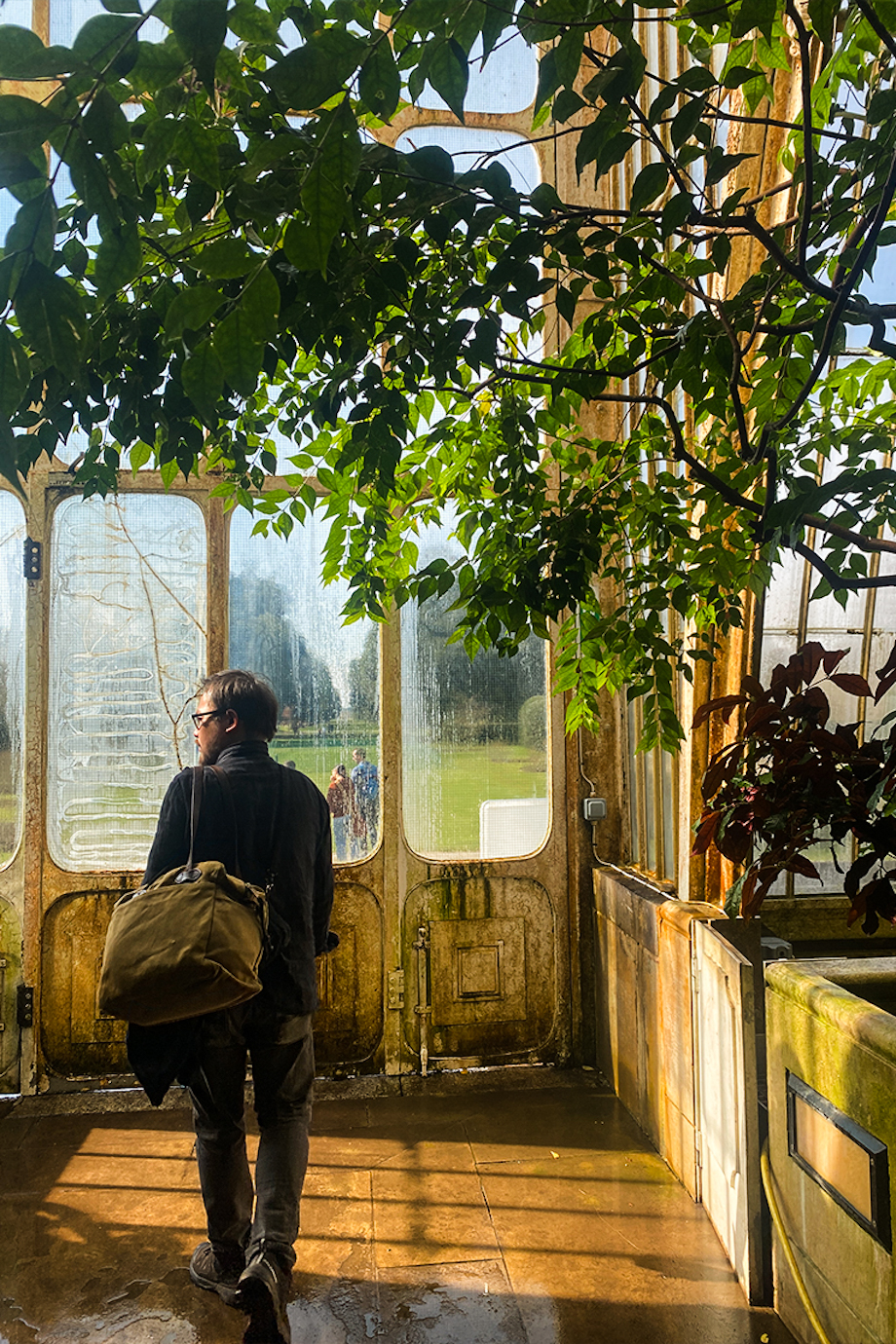
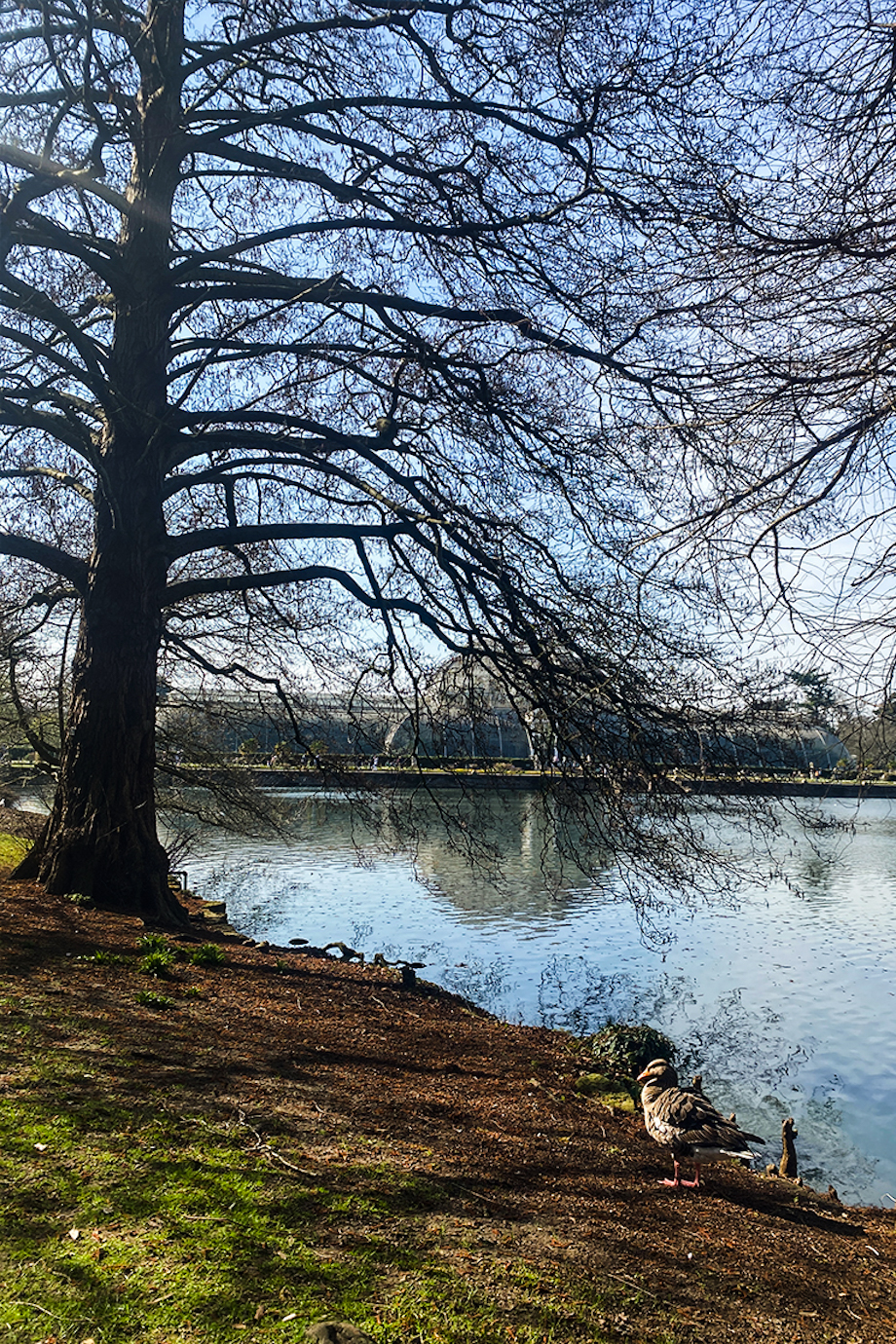
–
Meanwhile, the Princess of Wales Conservatory offers a journey through ten different climate zones–from arid deserts to steamy jungles that all under one roof. The diversity was breathtaking, and it reminded them that gardens aren’t just places for relaxation, but they are living systems that hold centuries of human knowledge, effort, and cultural memory.
Kew Gardens also harbors intriguing historical tales. In 1772, King George III inherited the Kew estate and merged it with the royal estate in Richmond, transforming two gardens into one, hence the plural ‘Kew Gardens’. Another notable feature is the Kew Palace. Built around 1631, its is the oldest surviving building within the gardens. It served as a royal residence for Britain’s Georgian monarchs, including King George III, who spent time there during his bouts of illness
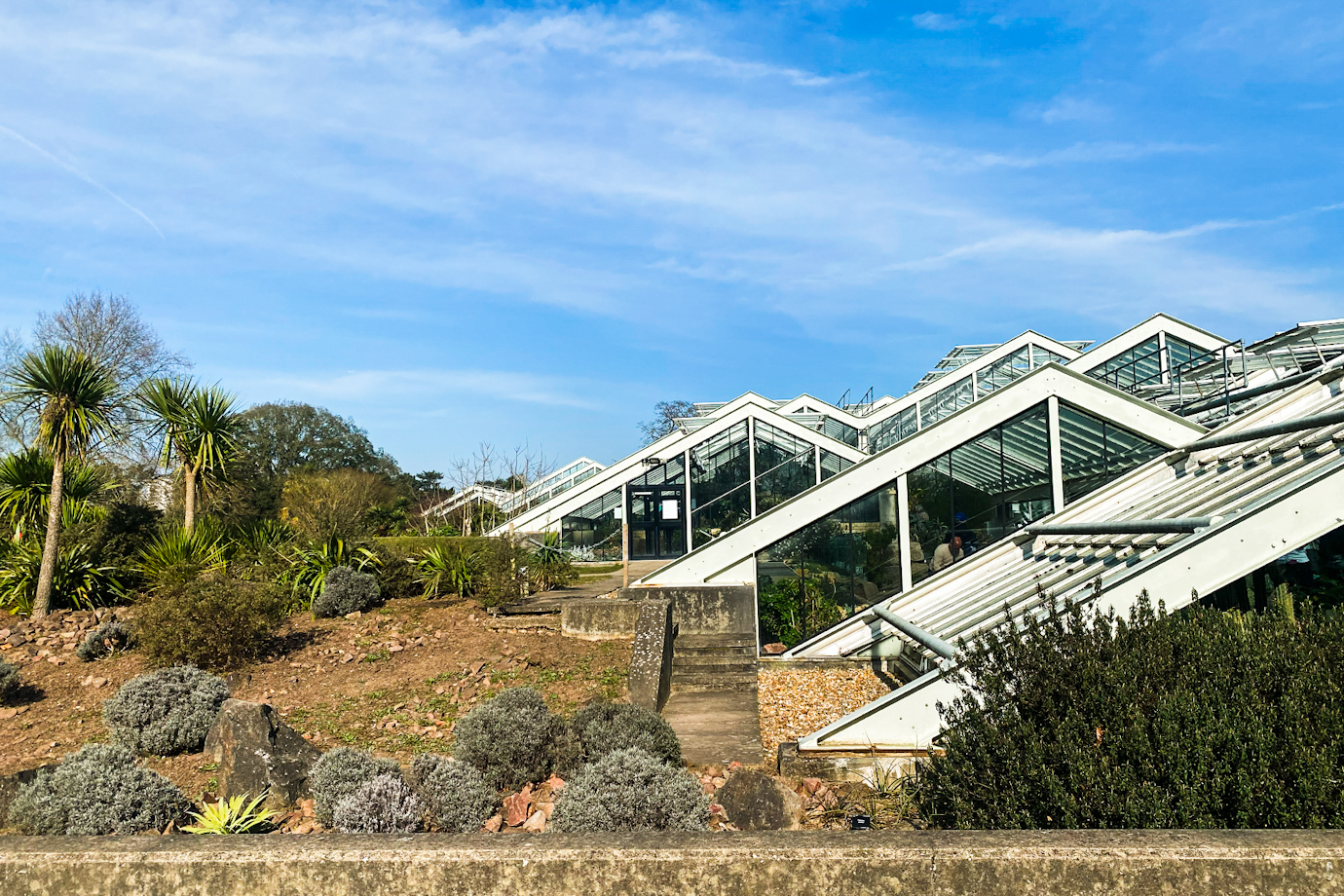
–
Seeing What’s Already Blooming
They came in between seasons, which is the last days of winter, where spring’s presence is only a whisper. But Monica noticed subtle signs, even when there were no grand blossoms or bright displays. Some flowers had begun to bloom. Others were quietly preparing. And somehow, that made the experience even more meaningful.
That quiet noticing of tiny leaves unfurling, of older visitors strolling slowly, of how light lands on moss, maybe felt like a kind of reminder. That life doesn’t only happen in grand gestures. Sometimes, it’s in the slow changes.
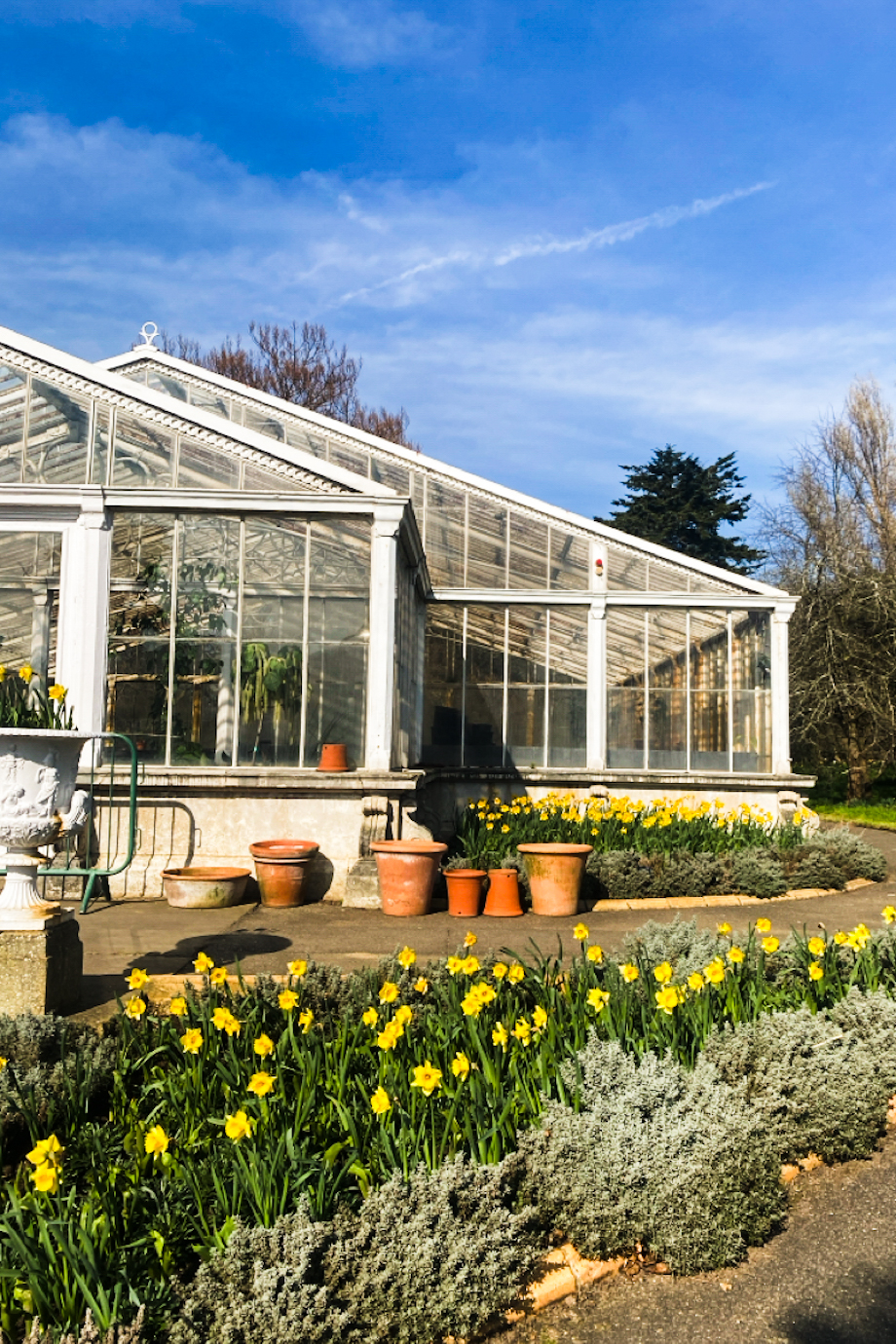
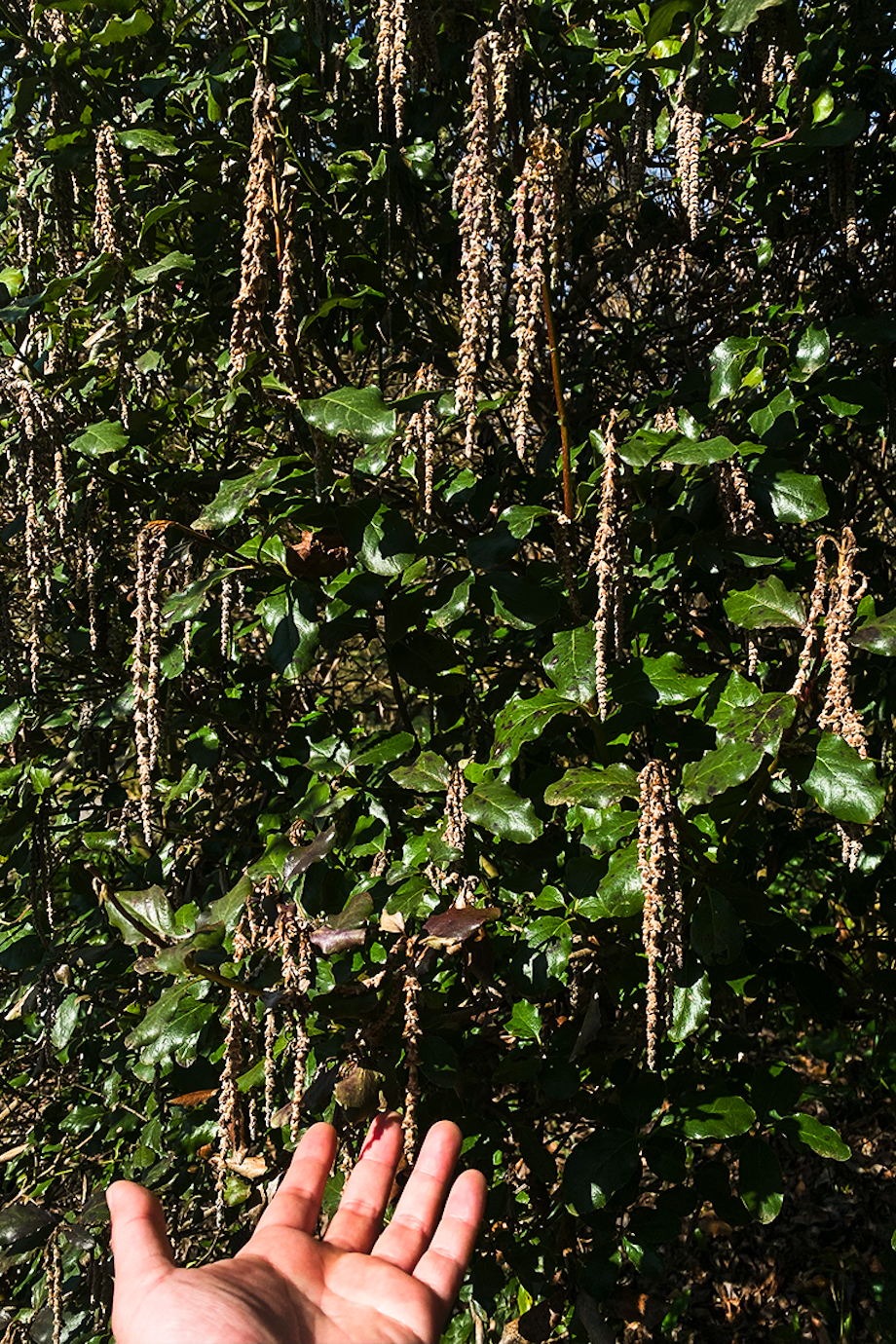
–
“We felt happy, content, and blessed. We’ve always known that parks bring us joy,” she said.
Green Spaces as Privilege
For Monica, who grew up in an urban environment where green space often feels like a rare luxury. “For someone raised in an urban environment where green spaces are seen as a luxury, the experience of witnessing such a beautiful park is indeed a privilege,” she shared.
It showed how rare and political it is to have access to green. Not everyone can afford the time, money, or proximity to visit spaces like Kew. And that, in itself, is worth reflecting on. What would it look like if green spaces were treated not as occasional escapes, but as essential parts of daily life?
Gardens don’t need to be grand or historic to matter. They can be community parks, balconies with overgrown plants, or even that tiny patch of grass at the end of your street. What matters is our right to rest, to breathe, to connect with the living world.
In the end, the visit to Kew wasn’t just about seeing rare plants. It was about remembering how much we need places like this, and how important it is to defend and create more of them. Green spaces should not be an escape, but they should be part of how we live.
So maybe the real question is: how can we bring the garden closer and reclaim it as a way of being?
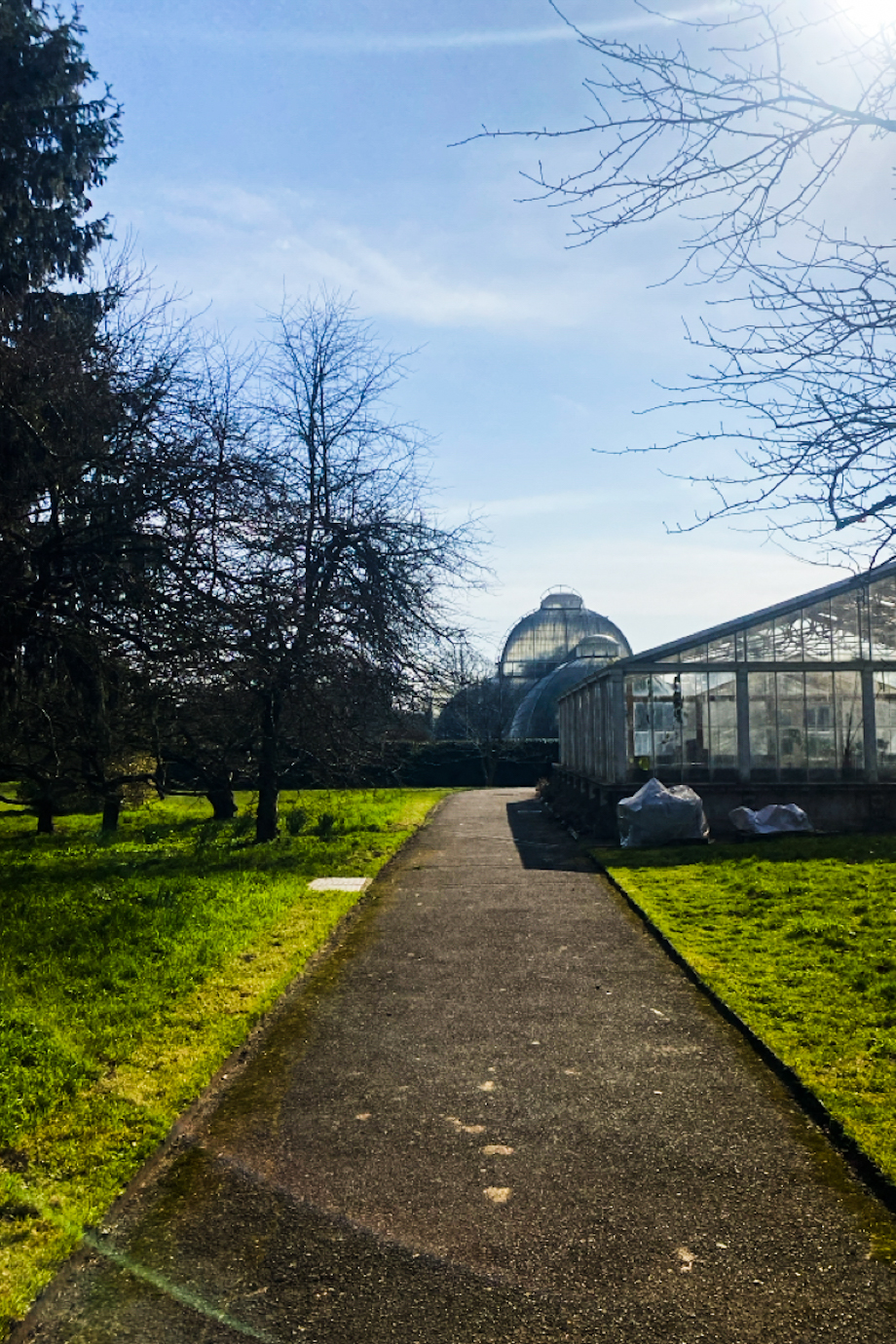
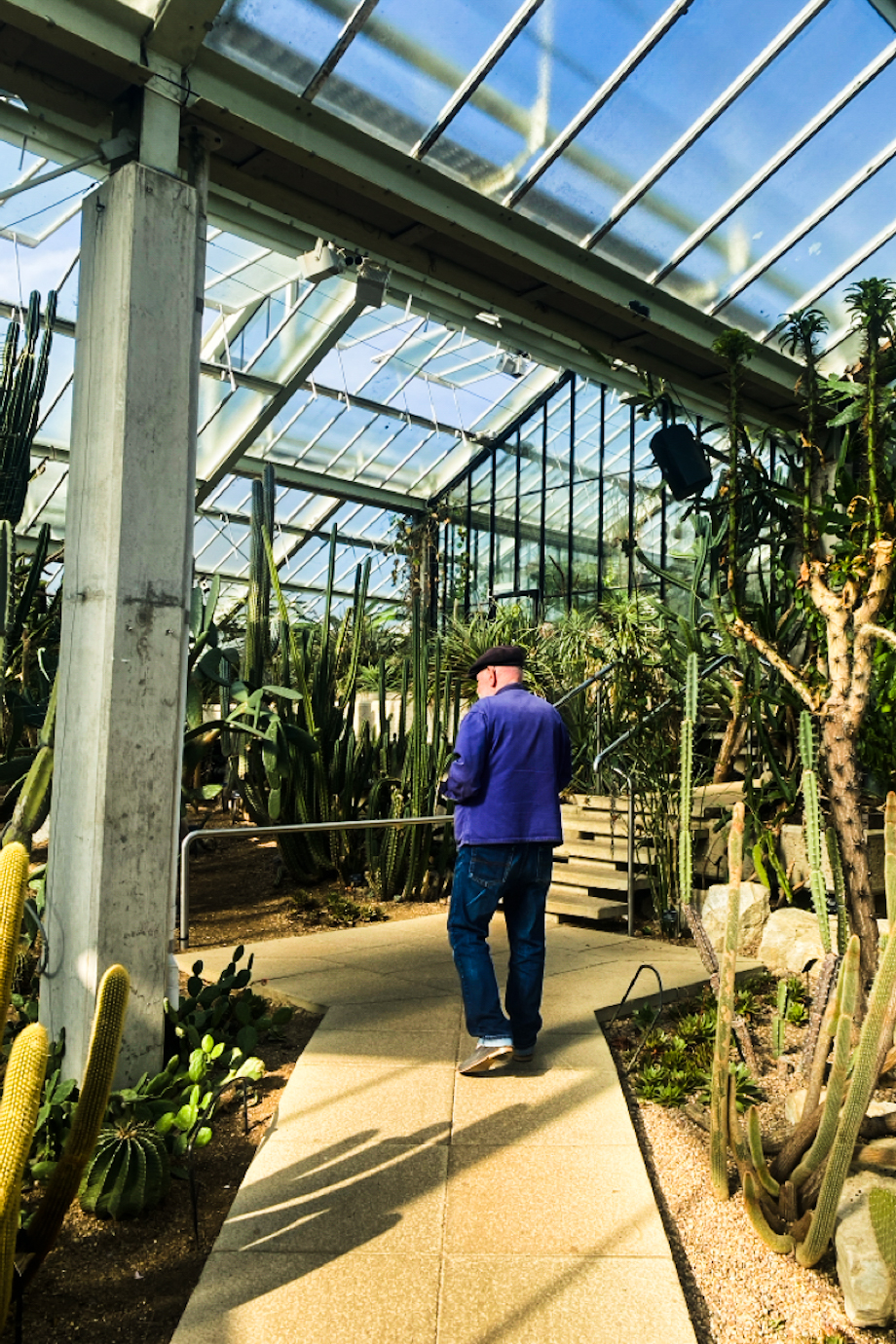
–
